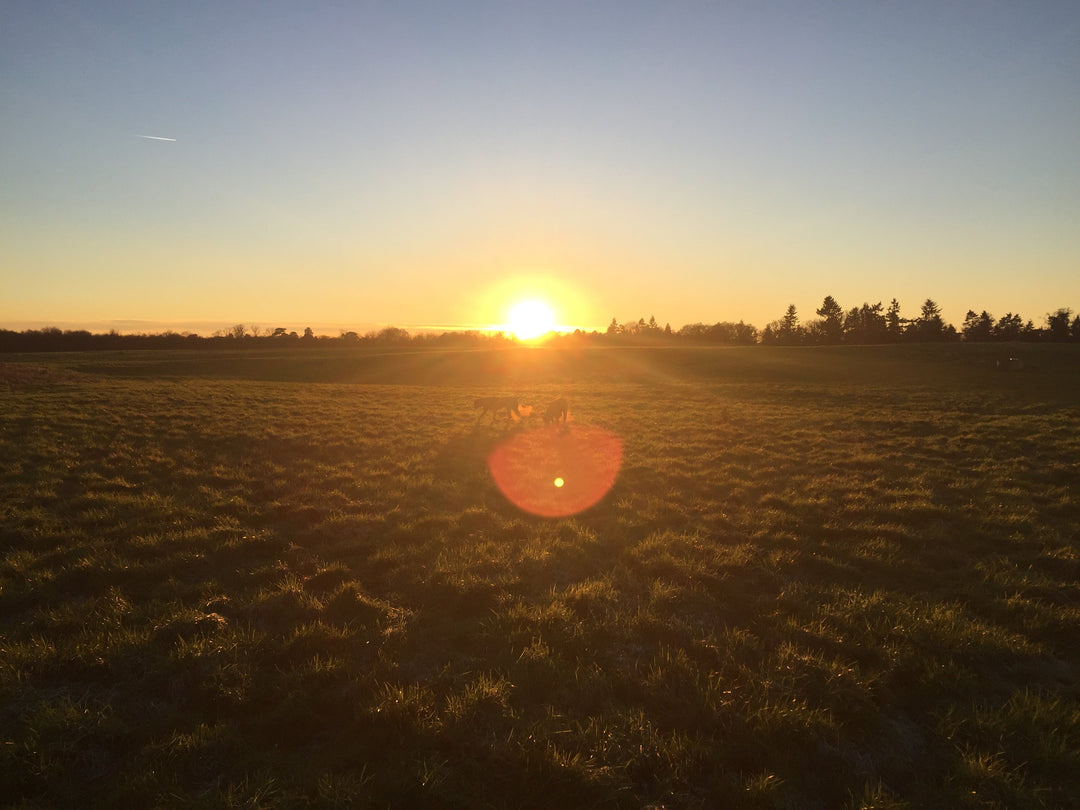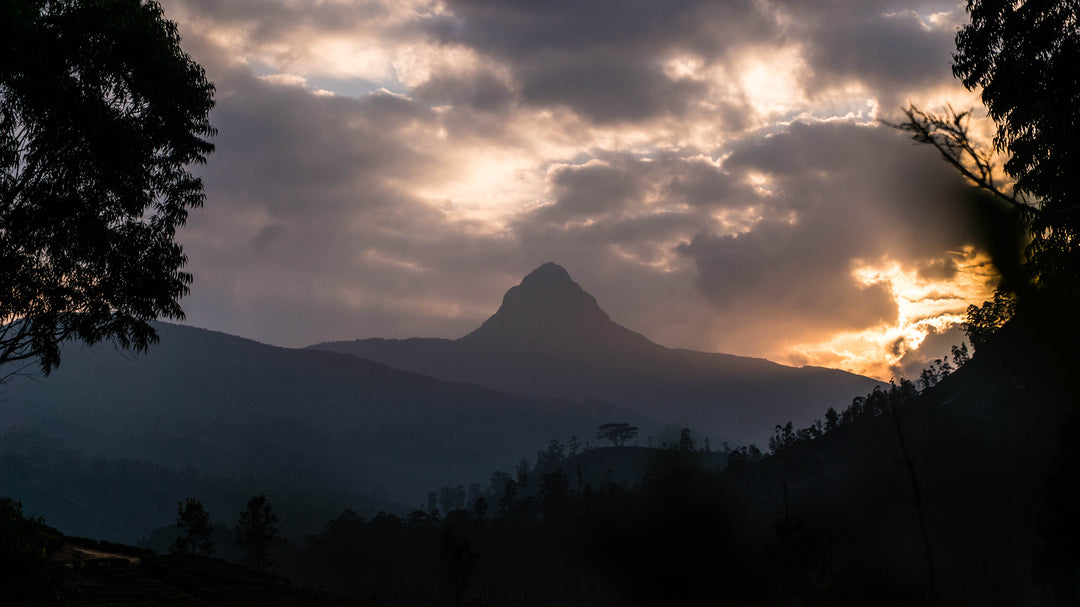Black Tea Production Series: Part 2 – Unlocking Flavour Through Rolling
In the first in our series of posts about tea making, we talked about Withering. This post discusses the process of Rolling - the 2nd stage.
Rolling has two purposes. To break the cell walls of the leaf and to increase the temperature of the leaf. This creates a chemical process where the chlorophyll from the leaf is oxidised by enzymes, and it is through this that the flavour is developed. The withered leaf is slowly ruptured by the roller and when this happens the air and the natural chemicals combine to form black tea.
The rolling process is carried out on a Roller. A roller is a circular table fitted with batons and a central cone. A circular jacket sits above the table it moves in a circular motion. A pressure plate sits above the roller to exert a variable pressure depending on the specific needs of the leaf batches. The types of batons and the shape of the cone will vary depending on the type of manufacture that is desired.
 Click here to see the Roller in action
Click here to see the Roller in action
The leaf rolling time is dependent on many factors. Weather conditions during the growing season play a major role (no pun intended). During a quality season, very little pressure will be applied to the leaf, as the flavours have been concentrated on the bush and need very little handling to release them. During wetter times where longer harsher withers are needed, pressure will be applied for longer, and with more force. It is up the head tea maker to determine the specific rolling program.
 Leaf straight out of the roller is warm, to much heat and it will destroy the flavour
Leaf straight out of the roller is warm, to much heat and it will destroy the flavour
Rollers in Sri Lanka are unique. The rolling table is made from Kitul wood. Kitul is a type of palm tree. The sap from the trees is used to sweeten local cuisines. Kitul wood allows for a delicate roll of the leaf, as opposed to the harsher metal-based rollers. Rollers also come in various sizes, but usually most will be 44 inches in diameter (1.1 meters) and can hold 250 Kilos of withered leaf. However, each estate will have its own recommended amounts that they have been established through trial and error to help them produce the best flavour of tea.
Lumbini estate where Sinharaja Wiry tips are made, has found that by adding precisely 240 kilos to each roller helps, preserve the tips and produce the optimum flavour for them. A walk through Lumbini while rolling has an aroma that can beat any perfume shop.





